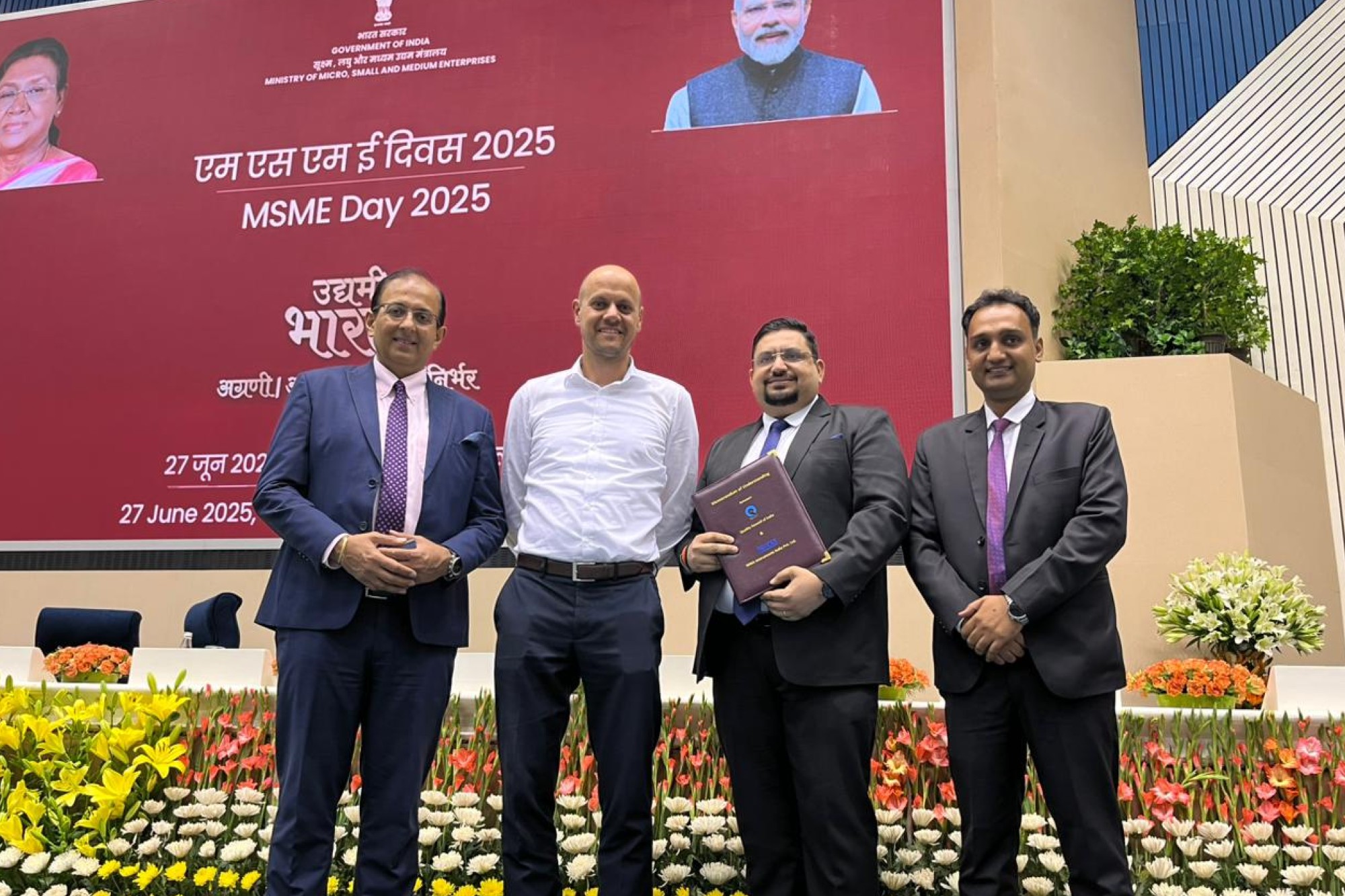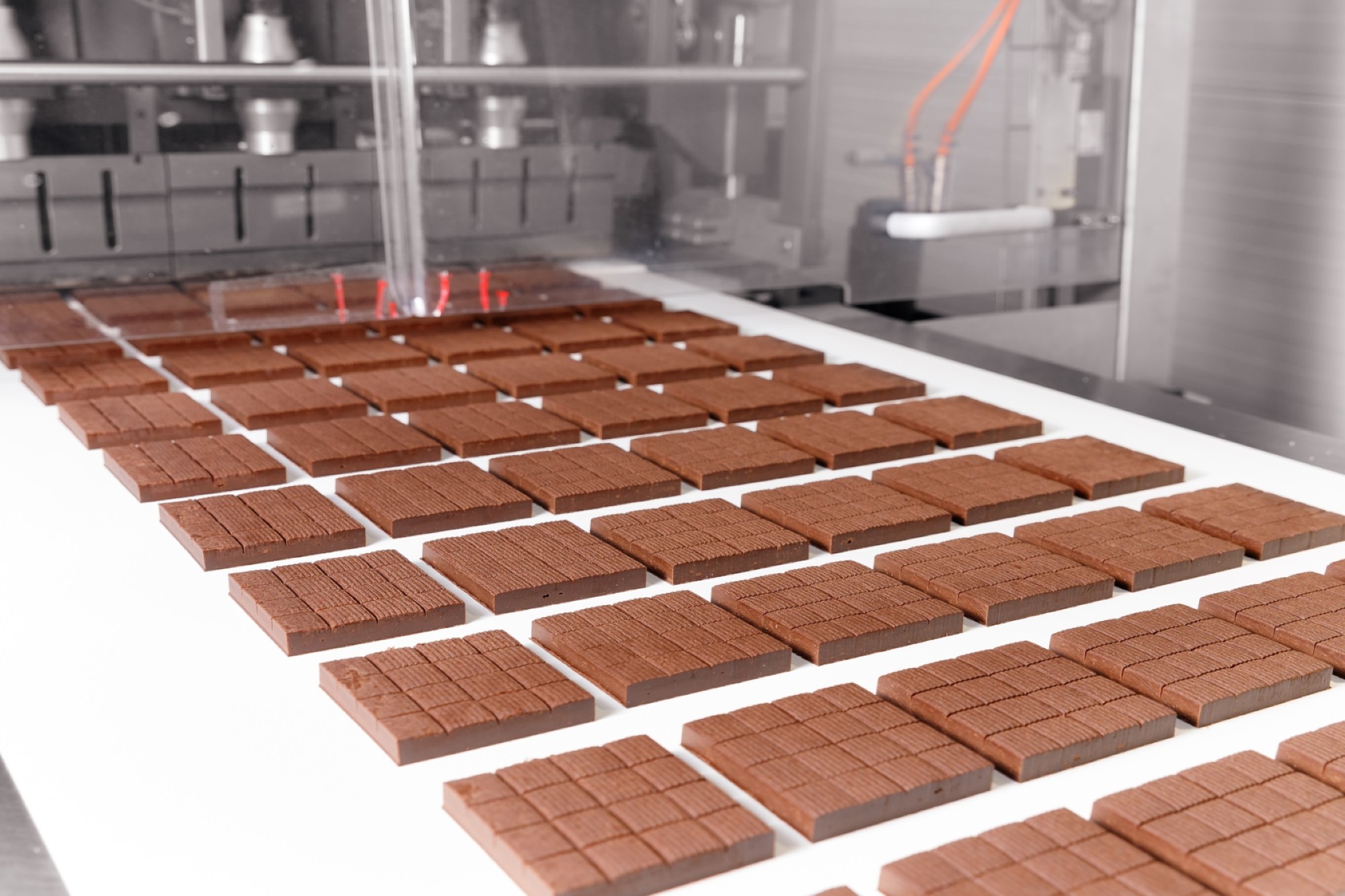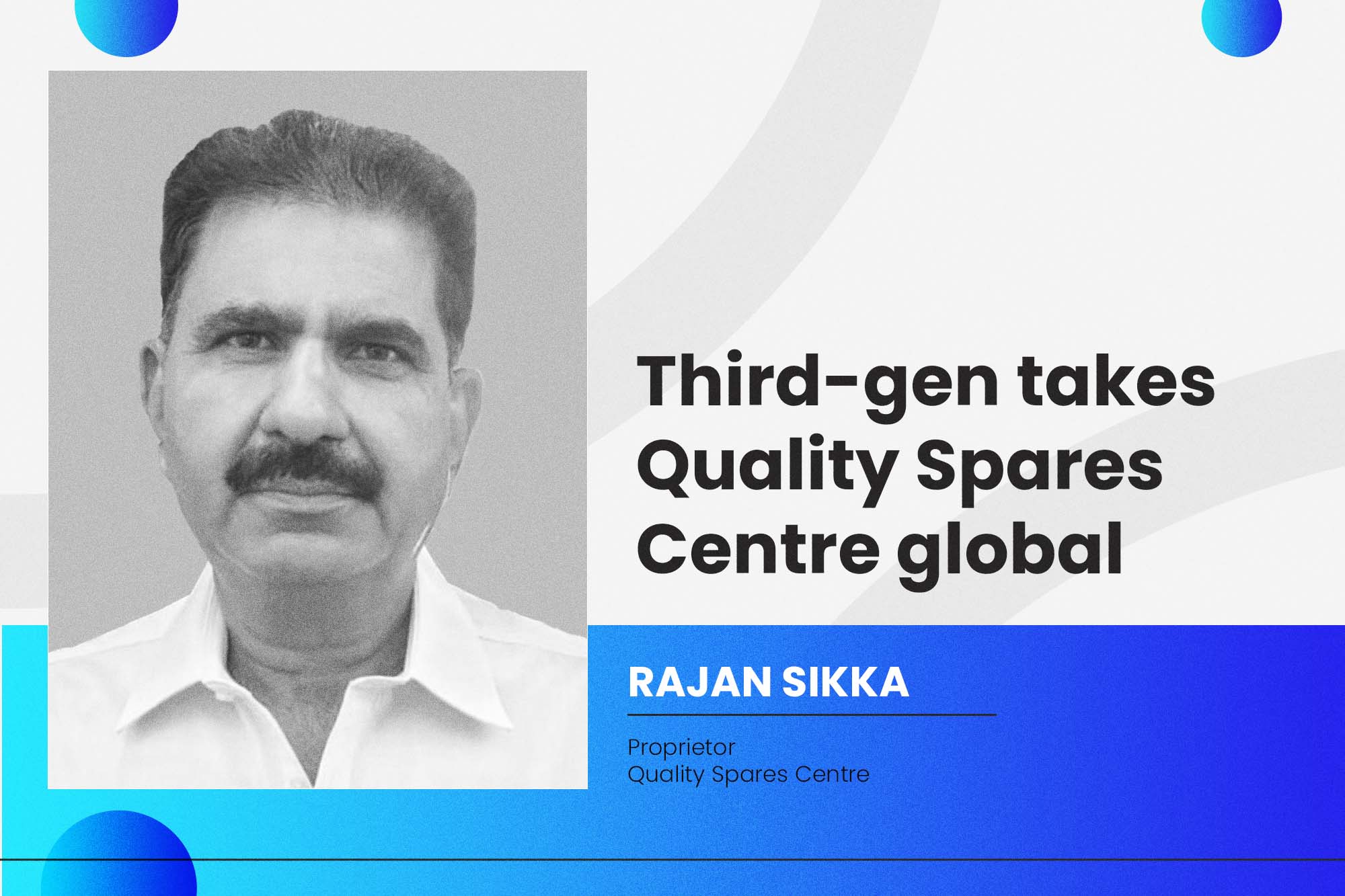COLD CHAIN DEVELOPMENT-KEY FOR PROCESSED FOOD INDUSTRY GROWTH
By admin July 13, 2010 7:14 am IST
Development of an efficient cold chain is instrumental for the growth of agro industry. This can in turn complement the growth of processed food industry in India. An OEM Update report.
One of India’s most compelling strengths is in its horticultural diversity, which can transform it into a global hub for processed food and fresh produce sourcing. India is the largest producer of fruits and second largest producer of vegetables in the world, with total production of 63.5 million tonnes of fruits and 125 million tonnes of vegetables. It is the largest producer of milk with 105 million tonnes a year, produces 6.5 million tonnes of meat & poultry and 6.1 million tonnes of fish.
However, due to the lack of post harvest management facilities, deficiency of suitable cold stores and lack of organized distribution system; wastages in fresh produce in India are high as 35-40 percent.
India’s rapid economic growth and consumer boom have contributed to the growth of the organized retail food sector. It is estimated that 25-30 percent of fruits and vegetables produced are wasted due to lack of proper post harvest handling and cold chain facilities, the loss amounting to $ 10 billion to $ 15 billion.
Why Cold Chain?
One of the weaknesses of supply chain is that it is a multi layered marketing channel lacking in infrastructure. The lack of infrastructure and efficient supply chain is affecting the growth of the agro sector. A good cold chain network will help in reducing post harvest losses in fruits and vegetables and in turn provide impetus to the growth of the processed food sector.
The cold storage and distribution sector is possibly the largest and most diverse sector of the integrated cold chain, representing the initial link from farms to the fork and includes aggregation, transportation, storage distribution and regulatory oversight. Depending upon the marketing channel, there are several players involved resulting in high potential for cold chain exploitation.
Interpreted in simple terms, it means development of appropriate cold chain infrastructure along the entire chain with emphasis on technology to minimize energy requirements yet maintaining the quality and freshness of the produce and on human resource as they play a vital role in handling and operations of the infrastructure required to be developed.
Efficient cold chain facilities can provide a big impetus to the growth of processed food sector by enhancing the quality and freshness of the produce, Overall generating higher employment and increasing export opportunities.
Present Scenario – The Challenges
The cold chain network was practically non existent a few years back with stand alone facilities passing as cold chain networks. The cold storage industry in India started in early nineties with the first commercial store for potato. Presently, the Cold chain infrastructure is in the initial stages of development and growth has been much slower than expected on account of various factors.
• Firstly, the facilities are being set up as stand alone units without backward of forward linkages which invariably results in breakage of cold chain and restricts the growth of processed food industry.
• Secondly, the market is limited and utilization of the infrastructure is limited due to seasonality of produces whereas capital investment is high. Thus suppliers of cold chain services are forced to charge high prices setting up a vicious cycle of low demand and high cost low demand.
• The third point is somewhat related to the second. Due to the cycle of low demand-high cost, the return on investments is low and as such the private sector does not find it attractive for investment.
Sporadic Development
Cookie Consent
We use cookies to personalize your experience. By continuing to visit this website you agree to our Terms & Conditions, Privacy Policy and Cookie Policy.















